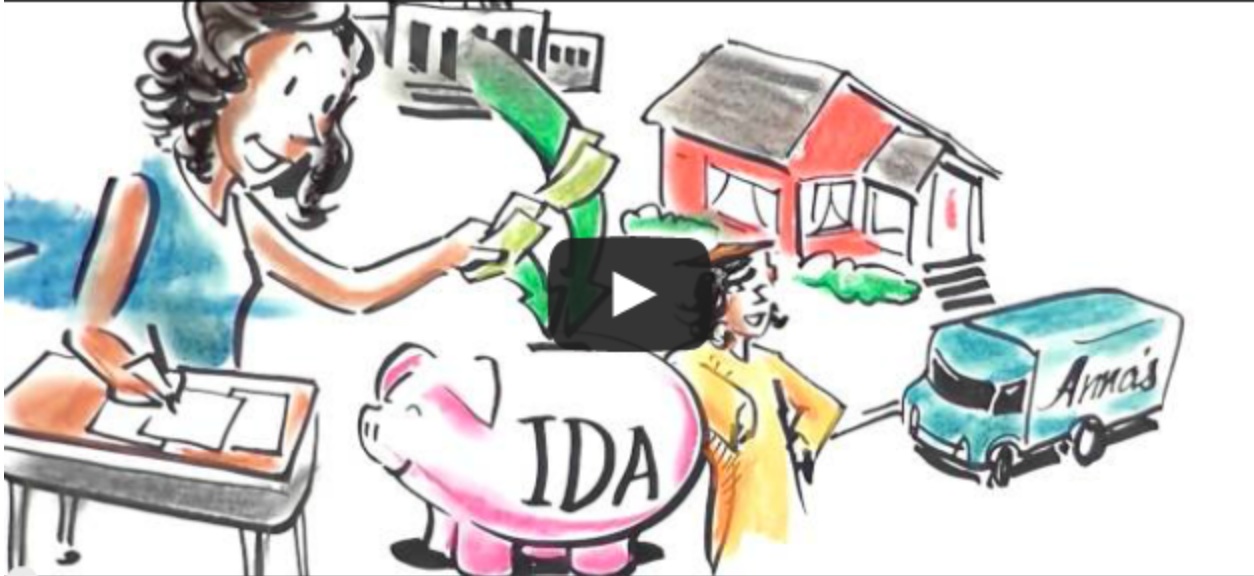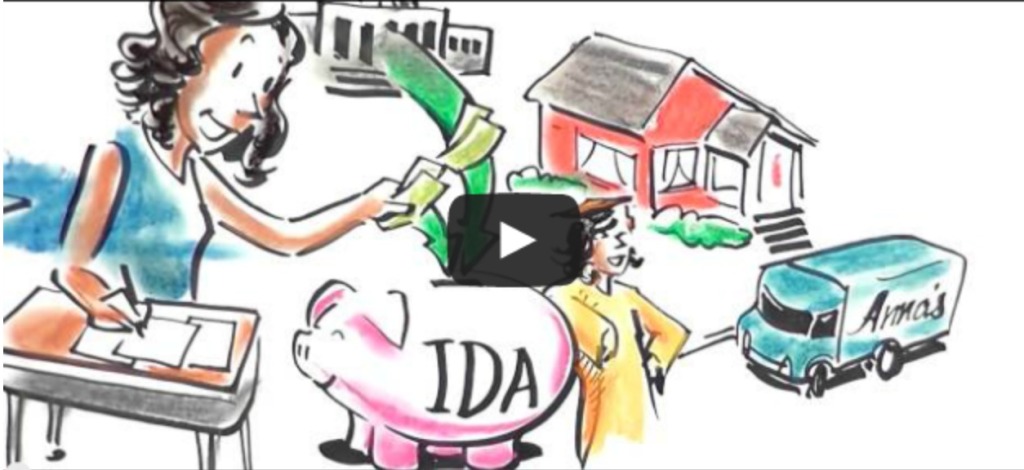This week the staff of Neighborhood Partnerships, in coordination with Oregon Housing and Community Services, called nine nonprofits throughout Oregon and told them they’d be getting part of $8.9 million for the Oregon IDA Initiative.
The nonprofits receiving the funds are:
| CASA of Oregon |
3,370,000 |
|
| College Dreams |
650,000 |
|
| Immigrant and Refugee Community Organization |
300,000 |
|
| MercyCorps Northwest |
500,000 |
|
| Micro Enterprise Services of Oregon |
450,000 |
|
| Native American Youth and Family Center |
130,000 |
|
| NEDCO |
525,000 |
|
| NeighborWorks Umpqua |
2,275,000 |
|
| Portland Housing Center |
700,000 |
|
| TOTAL |
$8,900,000 |
|
Most of these nonprofits have been a part of the IDA Initiative for years, and because of that they know $9 million is only the beginning.
What is an IDA?
Since 1999 Oregon has participated in an innovative and effective initiative that helps hardworking Oregonians learn financial skills, save faster for their goals and dream bigger for their communities.
Or, as CFED, a nationwide leader on IDA policy puts it:
Individual Development Accounts (IDAs) are special savings accounts that match the deposits of low- and moderate-income people. For every dollar saved in an IDA, savers receive a corresponding match which serves as both a reward and an incentive to further the saving habit. Savers agree to complete financial education classes and use their savings for an asset-building purpose – typically for post-secondary education or job training, home purchase, or to capitalize a small business. In addition to earning match dollars, savers learn about budgeting, saving and receive additional training before purchasing an asset. IDAs make it possible for individuals to build the financial assets they need to achieve the American dream.
In Oregon, a special 75% tax credit creates an incentive for private donors to provide the matching funds to the participants. Most tax credits in Oregon act as a kind of subsidy (for instance, the state may provide $1.10 for $1.00 of value). But the IDA tax credit is a poster child for tax credits where Oregon communities receive $1.00 of investment for every $0.75 the state spends on the tax credit.
Meanwhile, donors get a great deal because the 75% they get back from their donation is much larger return than a typical nonprofit donation.
The tax credit, though important, is only the beginning of a ripple effect the IDA Initiative has.
Habits
There’s been a lot in the news about how ill prepared Americans are when it comes to savings. Some of that has to do with the economy, credit issues or other spending. But much of it comes down to habits.
Like someone going to the gym for the first time with a trainer, IDAs help support and guide Oregonians with low and moderate incomes as they try to build a savings habit.
The financial education they provide gives them the tools they need to save for a home, small business or education. But it also gives them a life-long skill that they can pass down to their kids or other people in the community.
Community
The ripple effect that savings habits spark within a family is a perfect example of how $8.9 million expands well beyond the actual asset purchased with matched savings accounts. Another example is the total impact these assets have on the local economy.
Any of us who have bought a house knows that the economic impact of a home purchase extends well beyond the mortgage. Many more people feel the impact of that investment including real estate agents, inspectors, people who sell furniture, even the pizza guy who delivers that extra large pepperoni to friends who helped with the move.
Same with a business that will benefit from a well-educated employee down the line who may come up with the next new innovation. Or, perhaps most obviously, when someone starts a small business, they hire people, buy supplies and offer a new useful service or product to the community.
Hope
We hear from our nonprofit partners that the biggest impact $8.9 million has is that intangible, but very real thing called hope.
Being the first in the family to attend college is bigger than a diploma. The pride that comes with owning your first home is bigger than a new set of keys. A smile on the face of a small business owner as she hires members of her community is bigger than a paycheck.
$8.9 million isn’t just a practical investment in Oregon communities. It is an investment in human potential.
IDA participants tell us that their success as savers is a beacon of hope for those in their family and community. This injection of hope is almost as important as the asset itself.
Renewal
The Oregon IDA Initiative is celebrating its 15th year of helping people build good financial habits, save faster and dream bigger. And in 2015, the tax credit that helps make the Initiative happen is up for renewal in the state legislature.
Though 2015 seems like a long time away we are already having conversations with legislators about the tax credit.
In this election cycle they’ll be looking toward their constituents to help them gauge support for the tax credit. That’s why we’re asking you to sign a petition pledging your support of the IDA Initiative.
Because, as it turns out, engaging people like you in the journey of hope that IDAs represent is yet another way these grants cause a ripple effect in the community.






